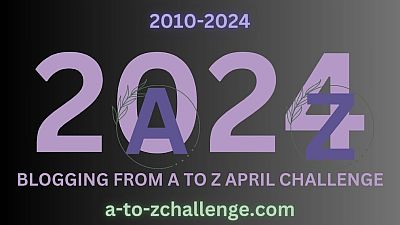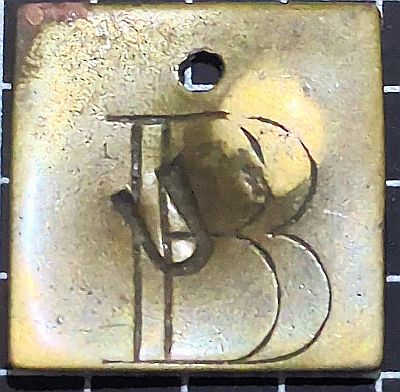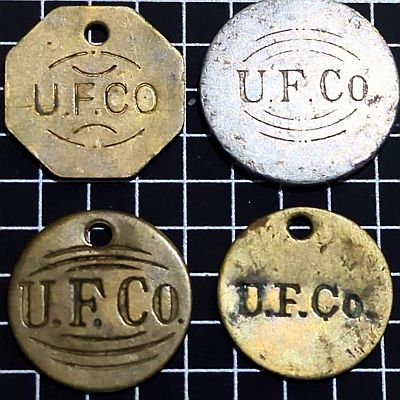The unsavoury history of fruit, and exploitation
This is my entry for Day 24 “X” of the Blogging from A-Z April Challenge!
X = Xaymaca (Jamaica).

Xaymaca / Jamaica
Jamaica on a world globe, from Wikipedia.
Jamaica is the third largest island of the Greater Antilles chain. It is located south of Cuba in the Caribbean Sea. The total land area is 10,991 sq km. The peninsula was inhabited sometime before 2,000 B.C. The name Jamaica is derived from Xaymaca, the Taíno-Arawak name for the island, which translates, as ‘isle of springs’.
I’m also posting this as the piece for “X” for the A-Z posting challenge because it starts with X in the native language. There is no country whose name has otherwise been broadly agreed to start with X.
Jamaica was charted by Christopher Columbus in 1509 for Spain. With no gold but well populated, the inhabitants were captured by Spanish slavers to work the mines on the Dominican Republic. The Spanish then founded “Spanish Town” and worked tobacco and cacao crops, then using imported African slave labour.
The British invaded in 1655, expelling the Spanish. Many of the African slaves escaped to the hills, linking up with the indigenous Taino forming “Maroon” settlements, from the Spanish “cimarrón” meaning wild or untamed, which raided the plantations.
The English continued the agriculture started by the Spanish, importing hundreds of thousands of African slaves, becoming one of the principal slave trading ports in the Caribbean.
“Maroon” attacks on plantations grew until the British sent the army into the hills. A truce was reached which granted the Maroons their own autonomous region in return for returning escaped slaves and helping the British put down revolts or attacks.
The British started making moves towards ending slavery in the 18th century. In 1772, a landmark legal case suggested that slavery was illegal. In 1807 the slave trade was ended by the UK parliament and slavery was formerly abolished in 1833. Former slaves ended up able to purchase their own land, with over 50,000 “free villages” by 1859. The British then started using indentured labour from India, China and Africa, where they worked for five years in return for wages and free passage. Their treatment was often no better than the slaves they replaced, although most did stay, adding to the multi-cultural mix.
United Fruit Company

(United Fruit Company advertisement from the 1930s, as linked from a Reddit thread question a popularly depicted logo purportedly of the company including a gun, which likely goes back to a NYT article about the company’s poor behaviour rather than being from the company itself).
Unknown in the USA until the 1876 World’s Fair in Philadelphia, the Banana quickly gained popularity around the country. In order to meet growing demand, banana companies sought to lower production costs and increase output significantly. The United Fruit Company, known today as “Chiquita bananas”, was founded in the nineteeth century by the merger of the Boston Fruit Company and Minor C Keith’s banana trading company.
United Fruit Company became a provocateur for corruption. The political term “Banana Republics” came from United Fruit’s monopoly and practices in numerous countries. The company was involved in an invasion of Honduras, a massacre in Colombia, and a bloody coup in Guatemala. It had unsavoury dealings with many high-ranking political leaders, manipulated the press, and was partly responsible for revolutions in Central and South America.

Loading vessels with bananas, Bowden, Jamaica, from the Library of Congress.
In Jamaica, United Fruit Company gamed an almost monopoly position – swallowing up Elders & Fyffes which had initiated the English trade and knocking out all the older Jamaican trading companies. A comparatively few large Jamaican landowners were encouraged to grow bananas for the booming export trade, and they were given contracts by UFCo. But these contracts were never available to small farmers, who had to sell in the open market. In 1929 the Jamaica Banana Producers’ Association was launched – a grower-owned co-operative set up to purchase, ship and market our bananas abroad, in competition with the giant United Fruit Company. Eventually over 20,000 members were enrolled in order to gain “co-operative” contracts. The association still holds 25% of the banana trade in Jamaica today.
Obverse

This particular tally is square with a small hole near the top. The letters U F Co stand for United Fruit Company (the o is inside the C). The B on the bottom left is for Bowden and I’m not 100% sure what the hand stamped U in the middle is. Possible for an individual worker or a section of the plantation.
Reverse

The reverse of the token has a large B for Bowden. Bowden is a port in Bowden Harbour, St Thomas, Jamaica. Today, the port is no longer used by commercial vessels, however, the coast guard has a base here.
The reverse has the hand stamped U which is also present on the obverse.
Other tallies
Tallies like this piece were used across Jamaica, and indeed in many places. The usage is described in the song “Day-O (Come Mr. Tally man, tally me bananas)” by Harry Belafonte:
Stack banana ’til the mornin’ come
…
Come, mister tally man, tally me banana
(Daylight come and me wan’ go home)
…
Lift six-foot, seven-foot, eight-foot, bunch
This is a traditional Jamaican song that was sung by dock workers who worked throughout the night loading bananas onto ships. It’s daylight, and they look forward to the arrival of the Tallyman (who will take inventory) so they can go home.

Here are four more UFCo tallies. The top-left one is also from Bowden, while the others are from Kingston.


Leave a Reply